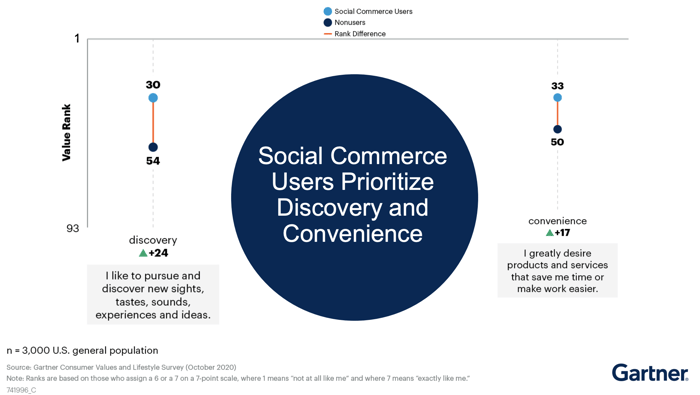Gartner's Marketing Predictions webinar this week looked at some key marketing trends for 2022 and beyond, as well as the implications for CMOs.
Let's look at some of the key predictions from the webinar.
Rethinking privacy
Gartner predicts that the opt-out rate for mobile tracking will decline from 85% to 60% as customers become more familiar with untargeted ads.
Survey data suggests that most consumers aren't firmly against tracking, though they may have concerns about how their data is used.
![]()
The answers may lie in the value exchange between brands and consumers.
If customers can see that their data is being used in ways that benefit them, such as more relevant / personalised content, then they will be more likely to trust a website or app to track them.
The lesson for CMOs is to create compelling reasons for consumers to trust you with their data, and to make privacy features upfront and easy to adjust.
Employee advocacy is key for B2B
It's predicted that, by 2023, 90% of B2B social media marketing strategies will include employee advocacy programmes.
There was a shift in 2021 towards employees sharing positive information around areas such as CSR.
Indeed, 64% of firms credit employee advocacy with winning new business.
For CMOs, the key is to provide plenty of content for employees to share, as well as to find platforms for content relevance and ease of use.
Using AI/ML to slow down customer journeys
Gartner predicts that, by 2025, one in five companies will use AI and machine learning to proactively slow down customer journeys to include interaction with sales reps.
This is to combat the risk of buyer's remorse as customers buy complex products without fully considering options and understanding the product.
Indeed, B2B customers who prefer self-service purchases are 23% more likely to regret a purchase than those who interacted with reps.
For CMOs, the selection and adoption of tech that can understand where the customer is in the sales process, and when to intervene, will be a key challenge.
The rise of the virtual influencer
Virtual influencers, such as Lil Miquela, used recently in a Prada campaign, will begin to take a bigger share of marketing budgets. Lil Miquela is estimated to be worth more than $10m.

Gartner predicts that 30% of CMOs' influencer and celebrity budgets will be spent on virtual influencers (VIs) by 2026 as these influencers gain followers, and become more valuable for brands.
These VIs offer more control for brands, though it's important to consider your audience and competitors before you decide this is the best route for your brand.
The growth of social commerce
By 2026, 60% of Millennial and Gen Z consumers will prefer making purchases on social platforms rather than through digital commerce platforms.
This has implications for retailers, as social commerce can bring a loss of control over the purchase process. Those carefully optimised on-site journeys and checkout processes will instead be in the hands of social platforms.
The social buyers are interested in discovery and convenience, which means CMOs need to focus on enriching this path to purchase, through improved social media product pages.

In addition, social content strategies should be tailored to those consumers that are most likely to make purchases through social commerce.
